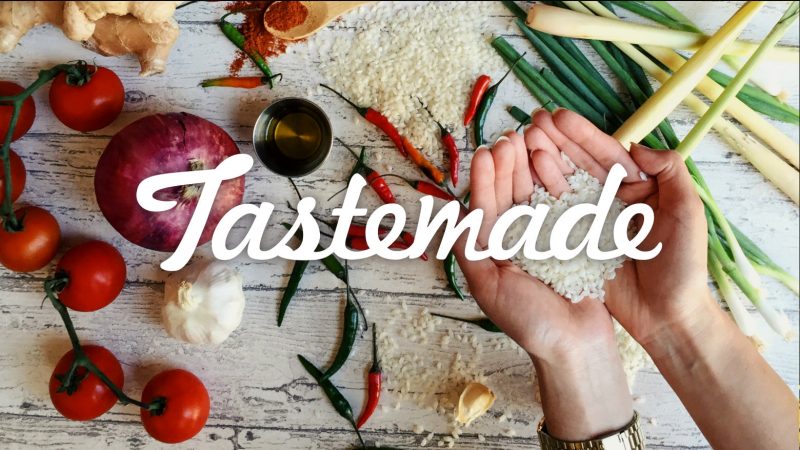Mobile video this year has become much more shoppable as brand names and sellers seek to drive direct sales from audiences, a shift that reflects how the pandemic has sped up a longer-term shift in shopping habits from homebound consumers invest more time on their smart devices.
U.S. consumers this year will spend approximately 47 minutes a day seeing a video on a mobile phone, up 11% from a year previously, according to an eMarketer quote. While social networks are the most significant driver of mobile use, video apps aren’t far behind in second place.
Thinking about that social apps like TikTok and Triller reveal just continual video feeds, while Facebook, Instagram, and Snapchat have added video functions with time, intake might be higher than current research studies indicate. The growth in the mobile video offers a method for brands to link with customers.
“Mobile video– and the platforms it’s delivered on– is the connective tissue between brand names and customers,” said Jeff Imberman, global head of sales and collaborations at Tastemade, the digital video network that concentrates on food and takes a trip program. “The capability to reach consumers 24/7 need to prompt brand names to use the techniques of a developer versus an online marketer.”
Those strategies include developing a video story that tells a more complete brand story and drives a successful outcome, nevertheless, that’s figured out, he added.
Early days
The increase in mobile video usage accompanies a surge in e-commerce activity this season as consumers avoid going to shops and order items for delivery at a higher clip. Online retail sales jumped 37% in the 3rd quarter from a year previously, numerous times more than the 12% gain in overall retail sales, according to Census Bureau approximates. Digital sales are likely to remain strong amidst the uncertainties posed by the health crisis.
Getting in touch with consumers on their mobile gadgets is an essential objective for online marketers that are sponsoring video shows tied to transactional aspects. Tastemade has taken part in that advancement with several campaigns blending content and commerce while boosting brand name awareness.
” The ability to reach consumers 24/7 need to prompt brands to use the tactics of a programmer versus an online marketer.”
Jeff Imberman
International head of sales and partnerships, Tastemade

Tastemade isn’t alone in doubling down on shoppable video content, as seen with TikTok’s integration with e-commerce innovation business Shopify to assist retailers and brand names to drive direct sales through the social video app. On the other hand, Google’s YouTube began experimenting with shoppable videos from social influencers, while Facebook-owned Instagram added commerce support for videos in its Reels and IGTV sections.
Still, shoppable mobile video is still a nascent usage case for which Tastemade and other platforms are in the process of identifying best practices. In working with brands on transactional shows, Tastemade is concentrated on developing a formula that’s not just entertaining for viewers and raises awareness for sponsors, however, also gives audiences a factor to respond with a direct purchase.
“Brands that have well-defined value proposals for customers together with clear paths to buy are some of the filters we use when evaluating possible shoppable partners,” Imberman said. “With that stated, this journey is simply starting, and it will necessitate cooperation and a test-and-learn mentality to be successful.”
Next steps
Most just recently, Tastemade started streaming a video series called “Origins” on its YouTube and Facebook channels that not just aims to raise awareness for Hyundai’s luxury lorry brand name Genesis and Amazon’s smart house items, however, likewise offers audiences a way to purchase items directly.
Each episode of the five-part concentrates on a rising chef who shares stories about their background and goes over the inspiration behind their cooking designs. The chefs demonstrate how to make one of their signature meals in a format that looks like other cooking shows, however, created for viewing on social platforms and mobile devices. The essential difference from traditional cooking shows is that viewers can directly purchase components used in the show from Amazon Fresh, the e-commerce business’s grocery shipment service.
Tastemade worked with Genesis and Amazon to construct a streamlined kitchen area studio whose modern design reflects brand name associates the automotive company wishes to visually convey to viewers. Amazon also equipped the kitchen with its wise home innovation to demonstrate how individuals can control appliances through Alexa, the company’s voice-powered assistant.
The series was Tastemade’s latest partnership on shoppable video content with a retailer. Last month, it premiered the first of two unique episodes of “Battle Meals,” a series that shows budget-minded cooks how to prepare meals with kitchen area staples, in a partnership with Walmart. The episodes reveal an on-screen number for viewers to text to include components to a mobile shopping cart, then place an order for pickup or delivery from Walmart. Tastemade is streaming the shows on Facebook, Instagram, Snapchat, TikTok, and YouTube, offering it a broader reach and possibly turning passive audiences of mobile video into active buyers.
“As a modern, way of life brand name that has built international fandom by means of authentic and amusing video storytelling, the natural, next step for us and our brand name partners is to take that very same customer from engagement to action,” Imberman said.









